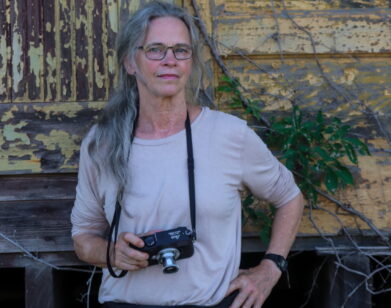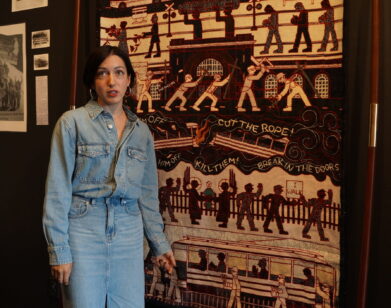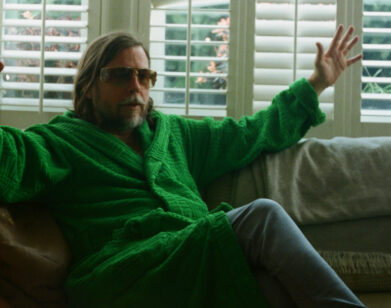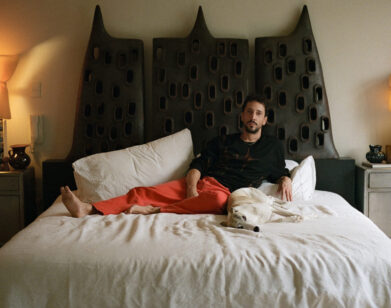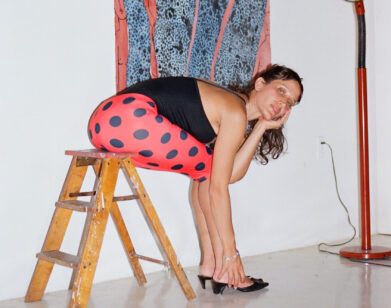John Chamberlain (1927-2011)
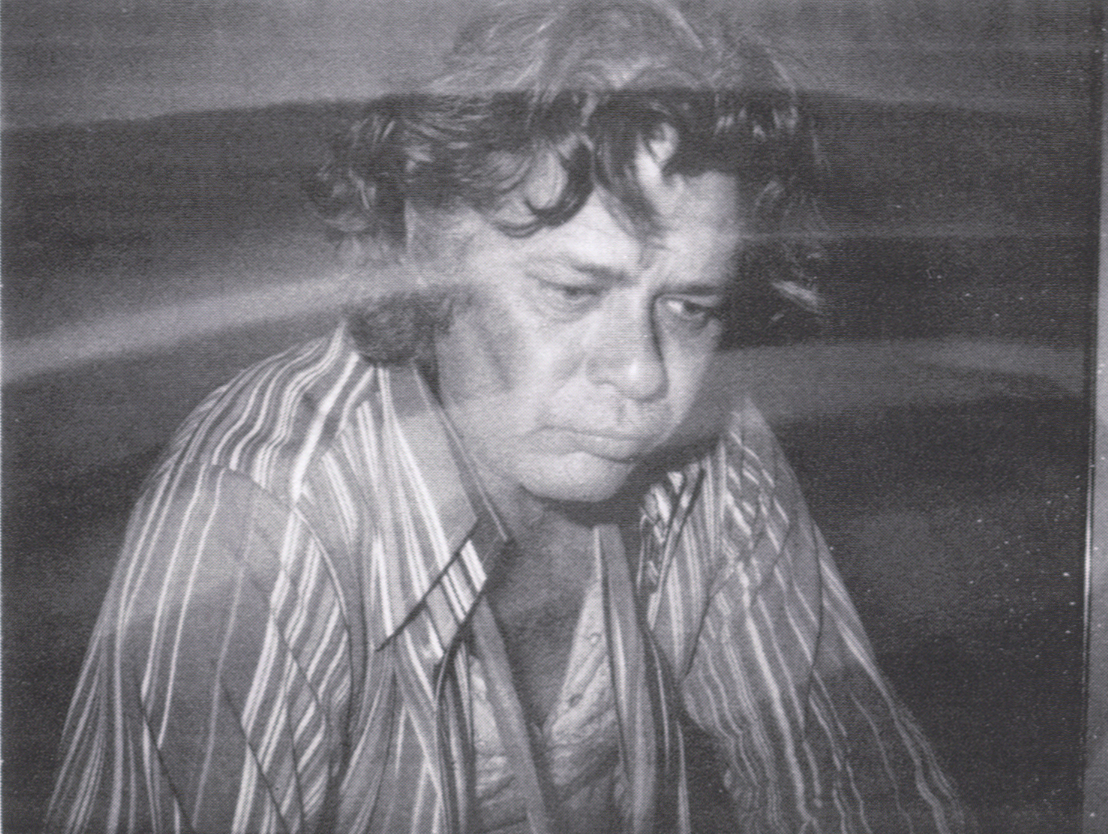
CHAMBERLAIN, PHOTOGRAPHED BY BRIGID POLK FOR INTERVIEW IN 1973
John Chamberlain, the quintessentially American artist who straddled Abstract Expressionism, Pop and Minimalism, died yesterday in Manhattan. His peripatetic life took the artist from his native Rochester, Indiana, to the Art Institute of Chicago, where he dropped out after only a year-and-a-half, faulting the staff for being narrow-minded. In 1955 he arrived at Black Mountain College, where he settled on sculpture as his primary medium.
Much of Chamberlain’s education can be said to have taken place in New York bars like The Cedar Tavern and Max’s Kansas City during boozy nights spent with New York School luminaries Jackson Pollock and Franz Kline along with Andy Warhol’s clique of demimondaines. His antics there (he was once arrested for drunken fisticuffs with a police officer) gave him a reputation as something of a bad-boy artist.
The sculptures he is best known for—large, bright, abstract assemblages of junked car metal—are syntheses of the archly formal expressionist tradition and the candy-colored consumerist commentary of Pop. His singular vision combined a raw, masculine destruction of his source material with elegant, gestural touches in the finished pieces. Over his long career, Chamberlain also worked in photography and film. He is the director of the cult-classic experimental film The Secret Life of Hernando Cortez starring Taylor Mead and Ultra Violet, and just this year showed large photographic experiments at Steven Kasher Gallery.
Chamberlain represented the United States at the Venice Biennale in 1964, and his first retrospective was at the Guggenheim museum in 1971. Over the course of his prolific career, he had studios in New York, New Mexico, Florida, Connecticut, and finally Shelter Island, where several works-in-progress remain. He was represented by Pace until a public split last year, when he defected to Gagosian. The Guggenheim is planning another retrospective of his work in February 2012.

